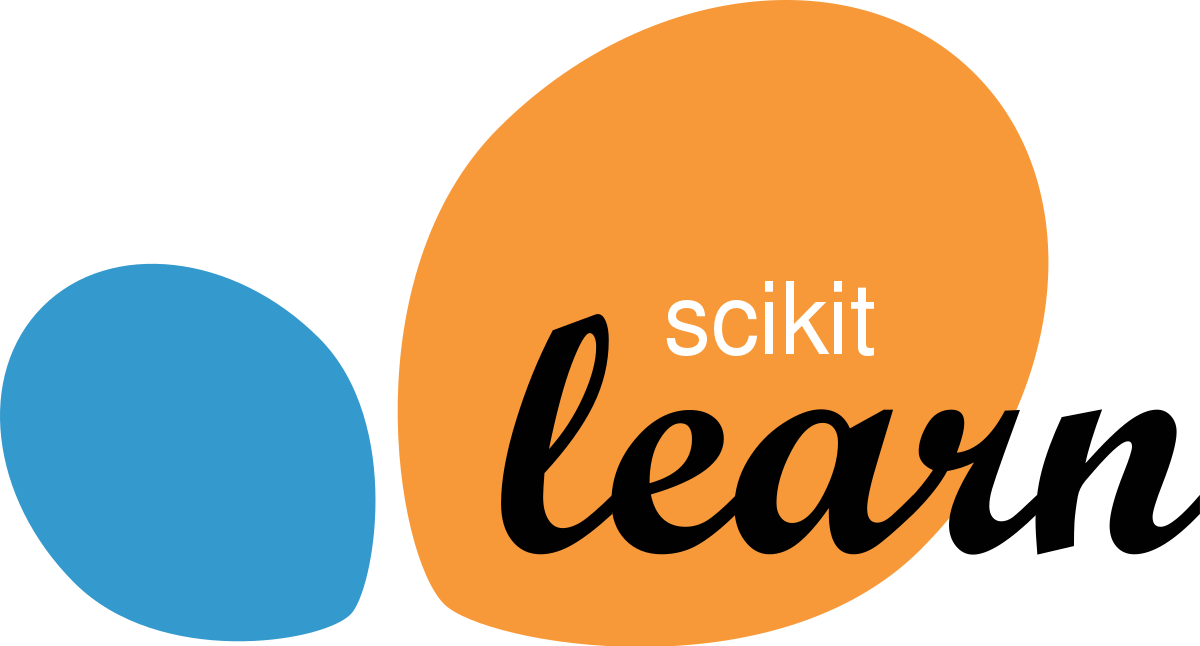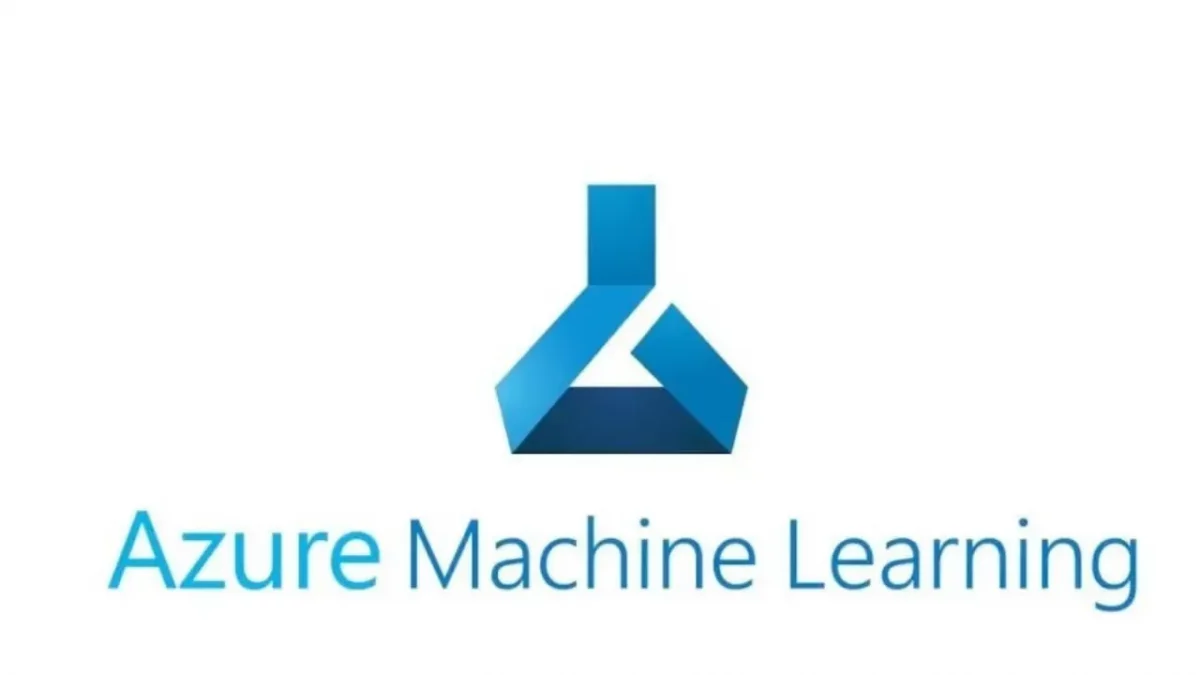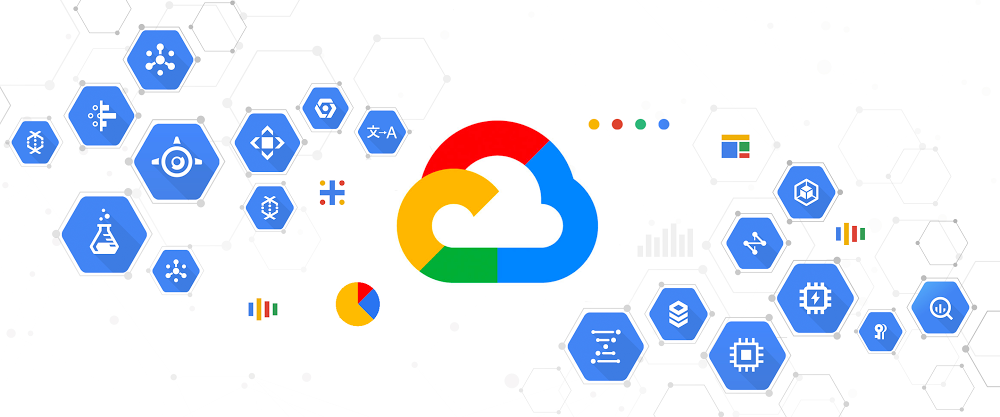Top 10 AI Tools Every Developer Should Know About
Artificial Intelligence (AI) has transformed the way developers build, manage, and optimize applications. From enhancing code quality to automating complex tasks, AI tools are becoming indispensable for developers aiming to stay competitive in an evolving tech landscape. Here’s a list of the top 10 AI tools that every developer should know about in 2024:
1. GitHub Copilot
GitHub Copilot, powered by OpenAI's Codex, is an AI-powered code assistant that helps developers write code faster and more efficiently. It suggests code snippets, autocompletes lines, and even generates entire functions based on natural language descriptions. This tool integrates seamlessly with Visual Studio Code and supports various programming languages, making it a must-have for coders of all levels.
**Key Features:**
- Autocompletes code in real-time.
- Supports multiple programming languages.
- Integrates directly into the IDE for smooth workflows.
2. TensorFlow
TensorFlow is an open-source platform developed by Google for machine learning and AI development. It offers a wide range of libraries and tools for building and training neural networks. Developers can use TensorFlow for tasks like image recognition, natural language processing, and predictive analytics, making it a versatile choice for those diving into AI development.
**Key Features:**
- Extensive support for deep learning and neural networks.
- Optimized for both mobile and web development.
- Wide community support and comprehensive documentation.
3. PyTorch
PyTorch, developed by Facebook’s AI Research lab, is another popular open-source machine learning library. It is known for its ease of use and dynamic computational graph capabilities, making it an excellent choice for both research and production. PyTorch is commonly used for developing deep learning models, including natural language processing (NLP) and computer vision applications.
**Key Features:**
- Dynamic computation graphs for flexibility in development.
- Extensive libraries for NLP and computer vision.
- Strong community support and extensive resources.
4. Hugging Face Transformers
Hugging Face has become the go-to platform for natural language processing (NLP) tools. Its Transformers library offers pre-trained models like BERT, GPT, and T5, which developers can fine-tune for a wide range of NLP tasks, such as sentiment analysis, language translation, and text generation. The simplicity and versatility of Hugging Face’s models make it an essential tool for developers working with NLP.
**Key Features:**
- Access to state-of-the-art NLP models.
- Easy-to-use API for model deployment.
- Strong community and support for various NLP tasks.
5. Keras
Keras is an open-source neural network library that runs on top of TensorFlow, designed to enable fast experimentation with deep neural networks. Its user-friendly API and modular structure make it an ideal choice for developers who want to quickly prototype and build AI models. Keras supports convolutional networks, recurrent networks, and combinations of the two, giving developers flexibility in designing complex models.
**Key Features:**
- Simple and intuitive API for building deep learning models.
- Extensive support for various neural network architectures.
- Compatible with TensorFlow and other major libraries.
6. Scikit-learn
Scikit-learn is a powerful open-source library for machine learning in Python. It offers a range of supervised and unsupervised learning algorithms and is widely used for tasks such as classification, regression, clustering, and dimensionality reduction. With its easy integration into the Python ecosystem, Scikit-learn is an excellent tool for developers who need to implement traditional machine learning algorithms quickly.
**Key Features:**
- Wide range of machine learning algorithms.
- Easy integration with other Python libraries.
- Comprehensive documentation and community support.
7. Microsoft Azure Machine Learning
Microsoft Azure Machine Learning is a cloud-based platform designed to streamline the development and deployment of AI models. It offers tools for data preparation, model training, and deployment, all in one place. Developers can take advantage of its automated machine learning (AutoML) features to quickly create high-accuracy models without writing extensive code, making it a powerful tool for enterprise-level AI development.
**Key Features:**
- Automated machine learning (AutoML) for fast model development.
- Integration with Azure cloud services for scalable deployment.
- Support for Python and other programming languages.
8. IBM Watson Studio
IBM Watson Studio provides a comprehensive environment for data scientists and developers to build, train, and deploy AI models. It supports both open-source frameworks and IBM’s proprietary tools, giving developers flexibility in their projects. Watson Studio also offers a range of APIs for NLP, computer vision, and predictive analytics, making it a versatile tool for AI development.
**Key Features:**
- Cloud-based environment for AI development.
- Supports various open-source frameworks like TensorFlow and Keras.
- Offers APIs for NLP, computer vision, and analytics.
9. Google Cloud AI Platform
Google Cloud AI Platform is a fully managed service that allows developers to build, train, and deploy machine learning models at scale. With its integration into Google’s cloud infrastructure, developers can leverage powerful tools like AutoML, BigQuery, and TensorFlow Enterprise to optimize their AI workflows. It’s an excellent option for those looking to deploy large-scale models in the cloud.
**Key Features:**
- Support for TensorFlow, PyTorch, and other frameworks.
- AutoML for creating custom models without extensive coding.
- Seamless integration with other Google Cloud services.
10. OpenAI GPT API
OpenAI’s GPT API provides access to the powerful Generative Pre-trained Transformer models, including GPT-4. Developers can use this API to build advanced applications for text generation, chatbots, and other NLP tasks. With the GPT API, developers can quickly integrate sophisticated AI capabilities into their applications, providing a competitive edge in the AI development space.
**Key Features:**
- Access to state-of-the-art NLP models.
- Easy integration for building chatbots and text generation tools.
- Scalable API to support various application needs.
Conclusion
These AI tools offer a diverse range of capabilities, from code assistance and model development to cloud deployment and NLP. Whether you’re a beginner or an experienced developer, integrating these tools into your workflow can significantly enhance your productivity and efficiency. Staying up-to-date with the latest AI technologies is essential for developers aiming to excel in the rapidly evolving field of artificial intelligence.











.jpg)
0 Comments